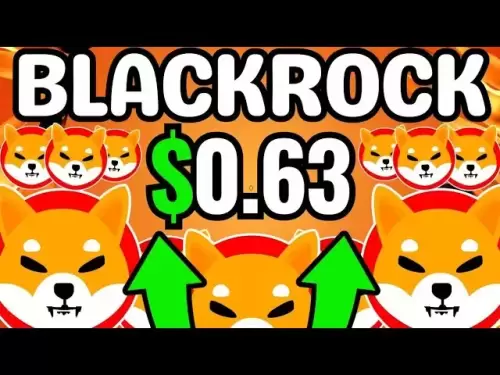-
 Bitcoin
Bitcoin $118000
-0.23% -
 Ethereum
Ethereum $3651
1.66% -
 XRP
XRP $3.423
-1.58% -
 Tether USDt
Tether USDt $1.001
-0.02% -
 BNB
BNB $742.8
0.69% -
 Solana
Solana $177.8
0.30% -
 USDC
USDC $0.9999
0.01% -
 Dogecoin
Dogecoin $0.2539
0.03% -
 TRON
TRON $0.3199
-1.74% -
 Cardano
Cardano $0.8382
0.59% -
 Hyperliquid
Hyperliquid $44.83
0.05% -
 Stellar
Stellar $0.4602
-1.49% -
 Sui
Sui $3.850
0.58% -
 Chainlink
Chainlink $18.62
2.56% -
 Hedera
Hedera $0.2681
0.97% -
 Avalanche
Avalanche $24.63
3.07% -
 Bitcoin Cash
Bitcoin Cash $522.5
0.96% -
 Shiba Inu
Shiba Inu $0.00001507
-0.80% -
 Litecoin
Litecoin $113.6
9.75% -
 UNUS SED LEO
UNUS SED LEO $8.994
0.24% -
 Toncoin
Toncoin $3.197
-0.43% -
 Polkadot
Polkadot $4.361
1.13% -
 Uniswap
Uniswap $10.45
1.41% -
 Monero
Monero $327.5
0.65% -
 Ethena USDe
Ethena USDe $1.001
-0.03% -
 Bitget Token
Bitget Token $4.992
-1.12% -
 Pepe
Pepe $0.00001355
0.67% -
 Dai
Dai $1.000
0.01% -
 Aave
Aave $322.6
0.15% -
 Bittensor
Bittensor $415.5
0.88%
What happens to my LST if the provider goes out of business?
If an LST provider fails, your staked ETH remains on-chain, but redemption depends on the provider's smart contract architecture and decentralization level.
Jul 19, 2025 at 10:21 pm
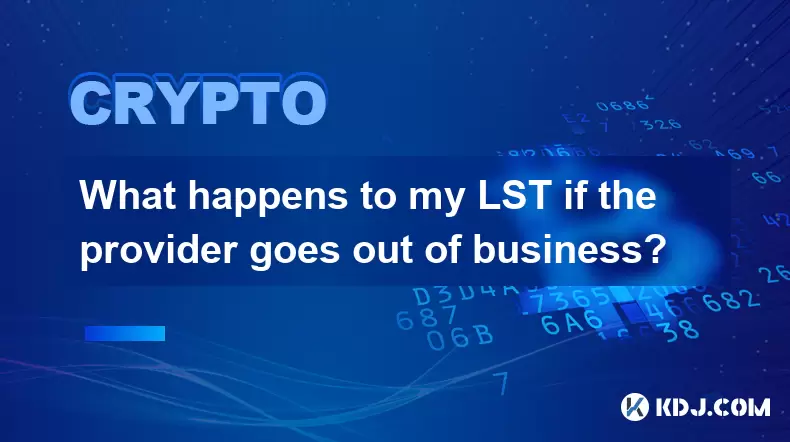
Understanding LST and Its Dependence on Providers
When you stake your Ethereum (ETH) through a Liquid Staking Token (LST) provider, you receive a tokenized representation of your staked ETH, such as stETH, rETH, or ETHx. These tokens are pegged to the value of ETH and allow users to maintain liquidity while earning staking rewards. However, a critical question arises: What happens to my LST if the provider goes out of business?
This concern stems from the fact that LSTs are often issued by third-party platforms rather than directly by the Ethereum protocol. While the underlying ETH remains secured on the blockchain, the reliability of the issuing provider plays a significant role in the accessibility and redeemability of LSTs.
Redemption Mechanisms and Provider Failure
In most cases, LSTs can be redeemed for ETH at a 1:1 ratio plus accrued staking rewards. However, this process is entirely dependent on the operational status of the issuing provider. If a provider ceases operations, the redemption mechanism may be disrupted, leading to potential liquidity issues.
Some LST providers implement decentralized governance or multisig wallets to ensure continuity even in the event of organizational collapse. For example, if the smart contracts governing the LST are immutable and trustless, users may still be able to unstake or redeem their ETH without relying on the provider's active participation.
However, if the contracts are upgradable or controlled by a central team, the failure of the provider could mean that users are unable to unstake or redeem their tokens unless a community fork or governance action takes place.
Smart Contract Security and Control Over Assets
The architecture of the smart contracts used by the LST provider is a key factor in determining the safety of your assets. If the provider uses non-custodial smart contracts, the ETH backing the LSTs is stored in a decentralized validator pool, and users can interact directly with the contract to redeem their ETH, even if the provider no longer exists.
Conversely, if the provider holds staked ETH in a centralized manner, the failure of the organization could lead to complications. In such cases, users may need to rely on legal recourse or community-led efforts to recover their funds, which can be both time-consuming and uncertain.
It's crucial to assess whether the LST provider is fully on-chain and permissionless, or if it maintains centralized control over withdrawals and redemptions.
Historical Examples and Lessons Learned
While the Ethereum staking ecosystem is relatively new, there have been instances where staking platforms or DeFi protocols faced insolvency or ceased operations. These events often highlight the importance of decentralization and transparency.
For example, if a provider experiences a major exploit or governance failure, it may be forced to shut down. In such cases, users with LSTs issued by that provider could face uncertainty regarding the redemption of their tokens. However, if the underlying staked ETH remains on-chain and accessible via smart contracts, there is a strong possibility of recovery through decentralized means.
Users should always review the provider’s documentation and audit history to understand how control is distributed and what mechanisms exist for fund recovery in case of provider failure.
Steps to Protect Your LST Holdings
To mitigate the risk of losing access to your LST-backed ETH, consider the following actions:
- Choose providers with decentralized governance and immutable contracts.
- Verify whether the LST is backed 1:1 with ETH on-chain.
- Diversify across multiple LST providers to reduce counterparty risk.
- Monitor the health and reputation of the provider regularly.
- Be prepared to unstake or migrate your LSTs if signs of instability arise.
These steps can help ensure that even if a provider fails, your assets remain secure and redeemable through decentralized mechanisms.
Frequently Asked Questions
Q: Can I still redeem my LST if the provider shuts down?
A: It depends on the architecture of the LST. If the smart contracts are non-custodial and immutable, you may still be able to redeem your ETH. However, if the provider maintains control over the redemption process, it may become temporarily or permanently unavailable.
Q: How can I verify if an LST provider is decentralized?
A: Review the provider’s documentation, check if the smart contracts are open-source, and look for community governance structures. Platforms like Lido and Rocket Pool offer transparent, decentralized staking solutions.
Q: Are LSTs insured like traditional financial assets?
A: No, LSTs are not typically insured. Unlike traditional banking systems, DeFi does not offer FDIC-style protections. Users bear the full risk of provider failure or smart contract vulnerabilities.
Q: What happens to staking rewards if the provider goes offline?
A: The staking rewards continue to accrue on the underlying staked ETH. However, if the provider’s system is down, you may not see updated balances or be able to claim rewards until functionality is restored or a decentralized recovery mechanism is enacted.
Disclaimer:info@kdj.com
The information provided is not trading advice. kdj.com does not assume any responsibility for any investments made based on the information provided in this article. Cryptocurrencies are highly volatile and it is highly recommended that you invest with caution after thorough research!
If you believe that the content used on this website infringes your copyright, please contact us immediately (info@kdj.com) and we will delete it promptly.
- Shanghai Court Tackles Illegal Tether Transactions: A Wake-Up Call for Crypto
- 2025-07-20 11:50:12
- Robinhood, Crypto, and Industry Reshaping: A New Era Dawns
- 2025-07-20 11:30:13
- Crypto, Altcoins, and Genius Clarity: Decoding the 2025 Bull Run
- 2025-07-20 10:50:12
- DOGE's Double Bottom: Is a $0.42 Target Really in Sight?
- 2025-07-20 10:30:12
- Cryptos Surge: Decoding Market Gains & Top Performing Assets
- 2025-07-20 10:30:12
- Shiba Inu, Market Cap, and Troller Cat: A Meme Coin Mashup for the Ages
- 2025-07-20 10:50:12
Related knowledge
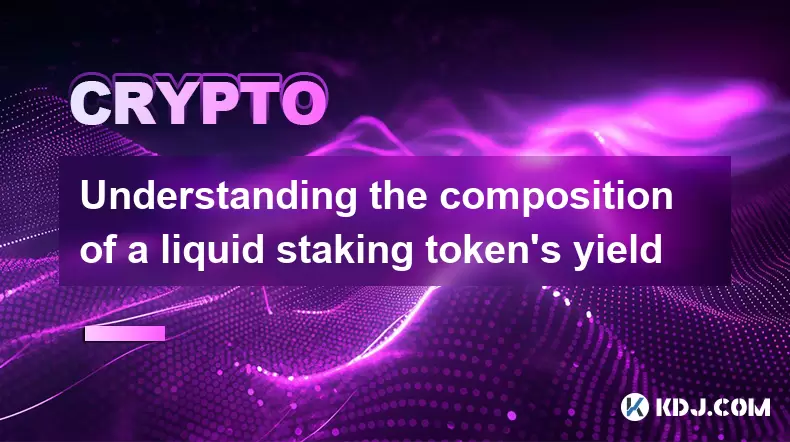
Understanding the composition of a liquid staking token's yield
Jul 20,2025 at 09:07am
What Is a Liquid Staking Token?A liquid staking token is a representative asset issued to users who stake their native cryptocurrency on a proof-of-st...
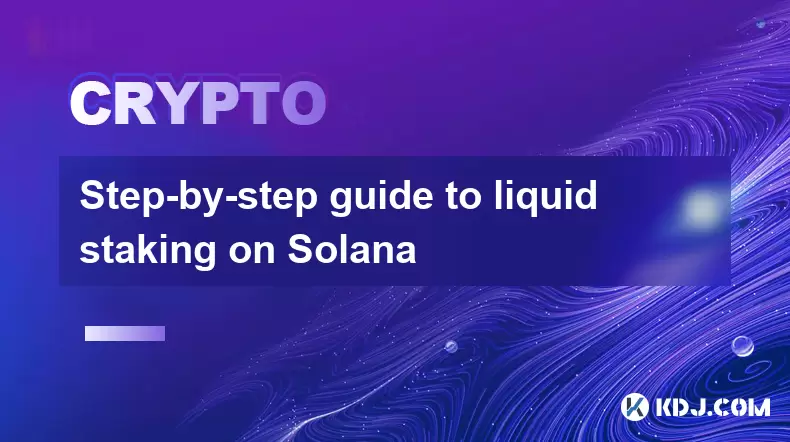
Step-by-step guide to liquid staking on Solana
Jul 20,2025 at 06:42am
What is Liquid Staking on Solana?Liquid staking is a mechanism that allows users to stake their cryptocurrency while retaining liquidity through the i...

What happens to my LST if the provider goes out of business?
Jul 19,2025 at 10:21pm
Understanding LST and Its Dependence on ProvidersWhen you stake your Ethereum (ETH) through a Liquid Staking Token (LST) provider, you receive a token...
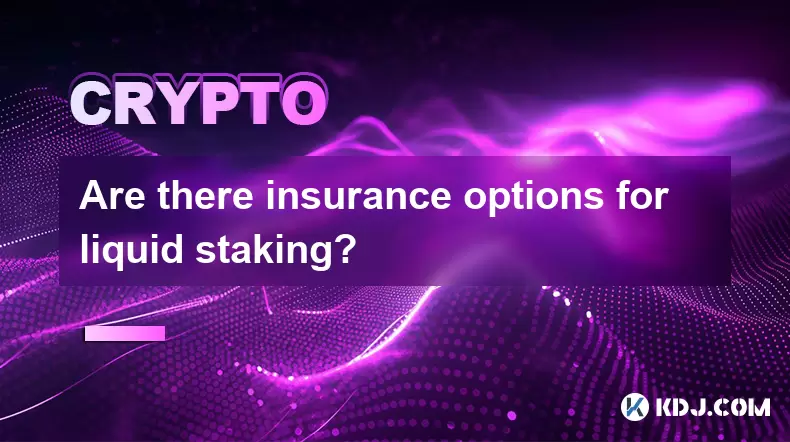
Are there insurance options for liquid staking?
Jul 19,2025 at 06:08pm
Understanding Liquid Staking and Its RisksLiquid staking is a process where users stake their cryptocurrency assets to participate in network validati...
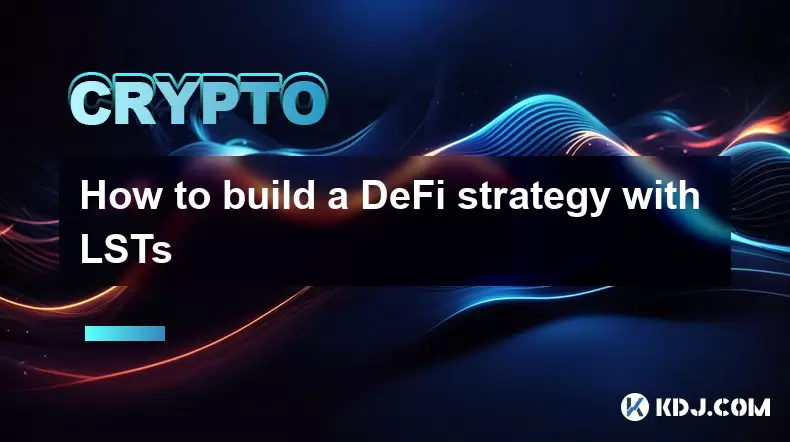
How to build a DeFi strategy with LSTs
Jul 19,2025 at 07:07pm
Understanding LSTs and Their Role in DeFiLSTs, or Liquid Staking Tokens, are derivative tokens that represent staked assets on a proof-of-stake (PoS) ...
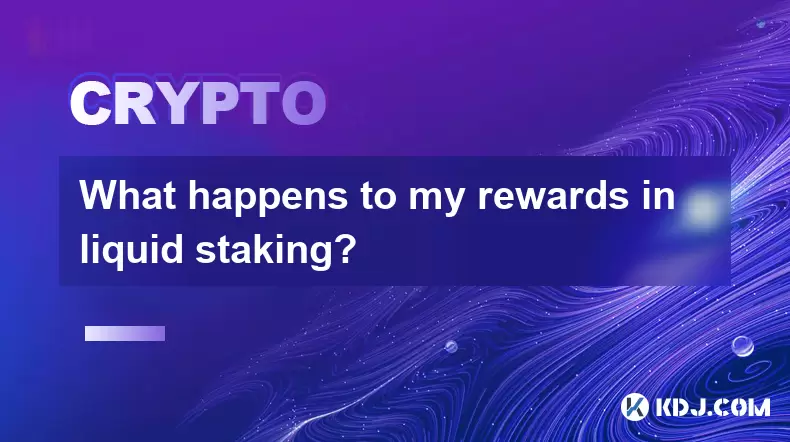
What happens to my rewards in liquid staking?
Jul 19,2025 at 12:21pm
Understanding Liquid Staking and Its MechanicsLiquid staking is a mechanism in the cryptocurrency ecosystem that allows users to stake their tokens wh...

Understanding the composition of a liquid staking token's yield
Jul 20,2025 at 09:07am
What Is a Liquid Staking Token?A liquid staking token is a representative asset issued to users who stake their native cryptocurrency on a proof-of-st...

Step-by-step guide to liquid staking on Solana
Jul 20,2025 at 06:42am
What is Liquid Staking on Solana?Liquid staking is a mechanism that allows users to stake their cryptocurrency while retaining liquidity through the i...

What happens to my LST if the provider goes out of business?
Jul 19,2025 at 10:21pm
Understanding LST and Its Dependence on ProvidersWhen you stake your Ethereum (ETH) through a Liquid Staking Token (LST) provider, you receive a token...

Are there insurance options for liquid staking?
Jul 19,2025 at 06:08pm
Understanding Liquid Staking and Its RisksLiquid staking is a process where users stake their cryptocurrency assets to participate in network validati...

How to build a DeFi strategy with LSTs
Jul 19,2025 at 07:07pm
Understanding LSTs and Their Role in DeFiLSTs, or Liquid Staking Tokens, are derivative tokens that represent staked assets on a proof-of-stake (PoS) ...

What happens to my rewards in liquid staking?
Jul 19,2025 at 12:21pm
Understanding Liquid Staking and Its MechanicsLiquid staking is a mechanism in the cryptocurrency ecosystem that allows users to stake their tokens wh...
See all articles

























